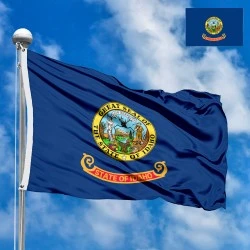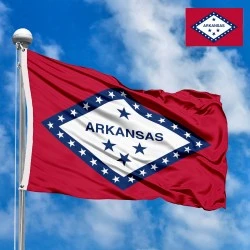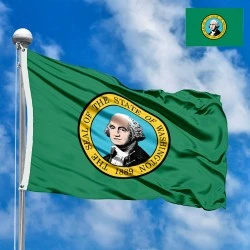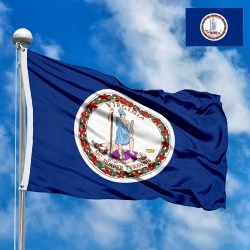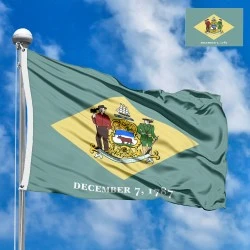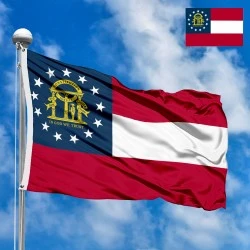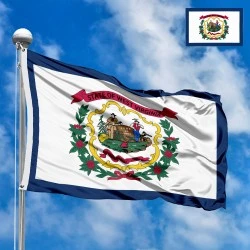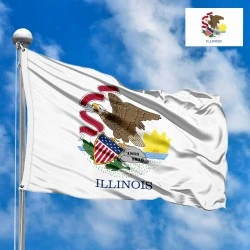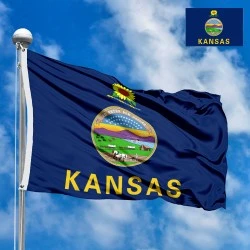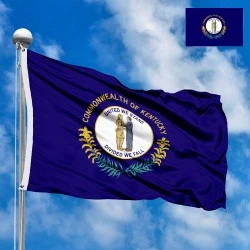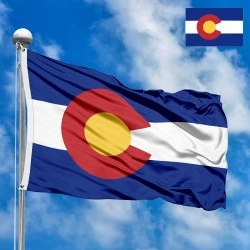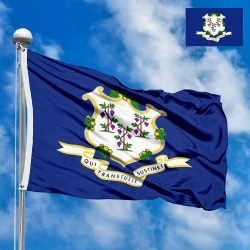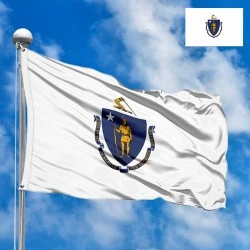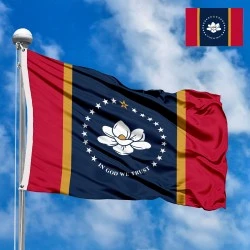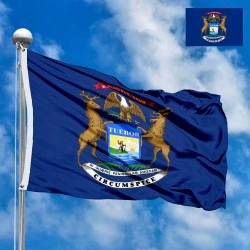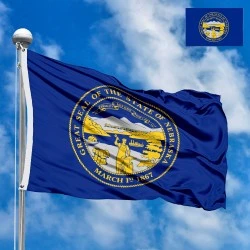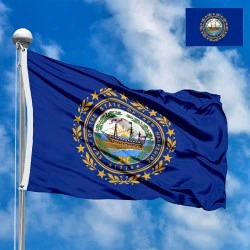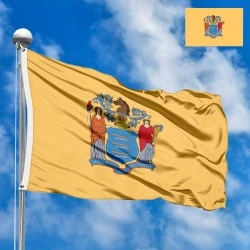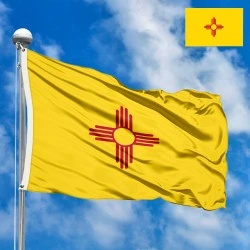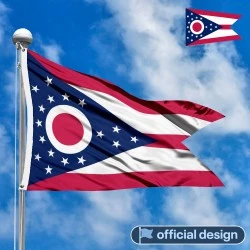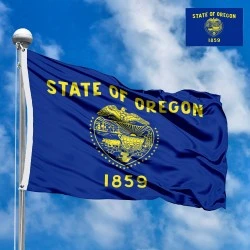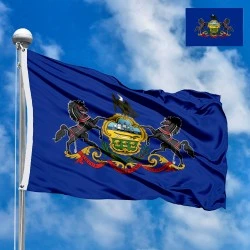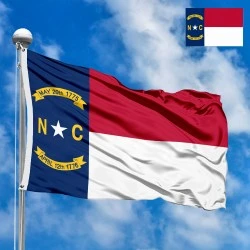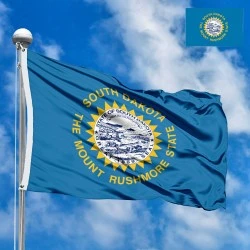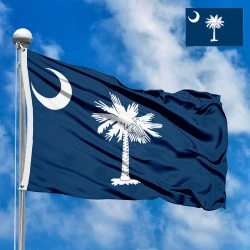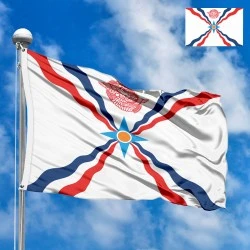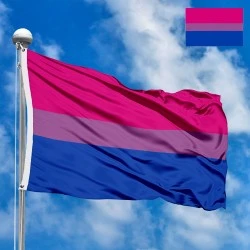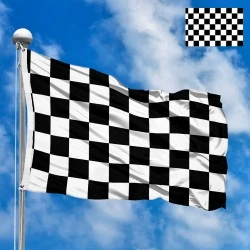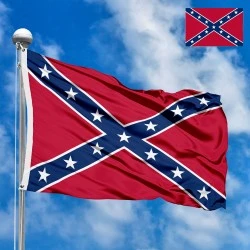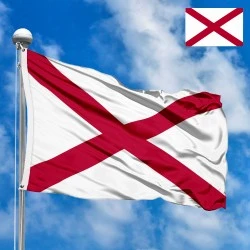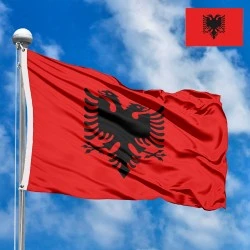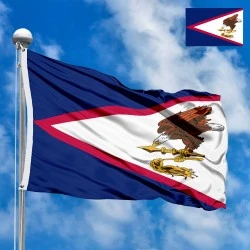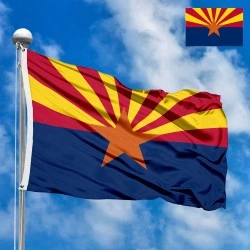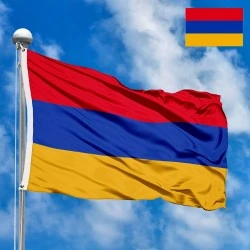Flag of Tennessee (US state)
- Flag Type: US States
- Proportions (official): 3:5
- Official name: State of Tennessee
- Local name: Tennessee
- Capital: Nashville
- Large cities: Nashville, Memphis, Knoxville
- Population: 7 163 892 (2024)
- Area (km²): 109 247
- Highest point: Clingmans Dome (2,025 m)
- Lowest point: Mississippi River (54 m)
- Dialing code: +1 (423, 615, 731, 865, 901, 931)
Flag Information
General information
Demography and Culture
Economy and communications
- All Flags
- Flags of Countries by Continent
-
Flags of Organizations
- Flags of UN countries
- Flags of the European Union countries
- Flags of NATO countries
- Flags of the countries of the Organization of Islamic Cooperation
- Flags of the countries of the Organization of American States
- Flags of the Arab League countries
- Flags of the African Union countries
- Flags of the countries of the Union of South American Nations
- Flags of the Commonwealth of Nations
- Flags of the countries of the Secretariat of the Pacific Community
- Flags of the Nordic Council countries
- Flags of the Caribbean Community
- Flags of the countries of the Association of Southeast Asian Nations
- Flags of the East African Community
- Flags of the countries of the Organization of Turkic States
- LGBT Community Flags
- Historical Flags
- Ethnic Flags
- Flags of the USA (states)
Description
The flag of the state of Tennessee is a distinctive and highly symbolic emblem that represents the unique geography, rich history, and unified spirit of its people. With its bold colors and simple yet profound central motif, the flag has become a beloved symbol of the Volunteer State. Its design, officially adopted in 1905, is deeply rooted in the state's identity and speaks to its enduring legacy.
Flag Design, Symbolism, and Dimensions
The flag’s design is known for its elegant simplicity and is governed by specific rules to ensure its correct display.
-
Colors and Arrangement: The flag consists of a crimson (red) field with a prominent blue circle in the center. The circle is encircled by a thin white band. Within the blue circle are three white, five-pointed stars. A narrow blue stripe, bordered by white, is placed vertically on the right side of the flag.
-
Crimson Field: The red field represents the courage and sacrifice of Tennesseans throughout history.
-
Blue Circle: The blue circle symbolizes the indissoluble union of the three parts of the state.
-
White Stripes: The thin white stripes represent purity, and the narrow white border around the stars signifies the "unbroken circle" of unity.
-
Blue Stripe on the Fly: The blue stripe on the right side, known as the "fly," is a purely artistic element. It was added by the flag's designer to prevent the flag from looking too plain when it hung still, giving it a more balanced appearance.
-
-
The Three Stars: The central motif of the three stars is the most significant element of the flag's symbolism. They represent the three "Grand Divisions" of Tennessee:
-
East Tennessee: Characterized by its mountainous terrain and historical connections to the American Revolution.
-
Middle Tennessee: Known for its rolling hills and fertile farmland.
-
West Tennessee: Defined by the Mississippi River and its flat, agricultural plains. These three stars, united within the blue circle, are a visual testament to the state's unity despite its geographical and cultural diversity. The official flag code specifies that the stars must be arranged so that no two points touch and that one point of each star must be pointed upward.
-
A Brief History of the Flag's Creation and Adoption
The current Tennessee state flag was created by a single individual and officially adopted by the state legislature.
-
The Designer (1905): The flag was designed by Colonel LeRoy Reeves of the Tennessee National Guard. Tasked with creating a new flag, he submitted his design in 1905. His goal was to create a design that was both aesthetically pleasing and rich with meaning.
-
Adoption (1905): On April 17, 1905, the Tennessee General Assembly officially adopted Colonel Reeves's design, making it the official state flag. Its simple yet powerful symbolism was immediately embraced by the people of Tennessee and has remained unchanged since. The flag was first publicly displayed at the Tennessee State Capitol in Nashville.
-
Previous Flags: Before the adoption of the current flag, Tennessee had several unofficial flags and a flag that was used during the Civil War, but none had the official status or widespread recognition of the 1905 design.
Historical Context and the State of Tennessee
Tennessee’s flag is a reflection of its unique political and geographical identity. The state’s history is defined by its role in both the formation of the United States and the Civil War, and the flag's design addresses a key element of its internal structure.
-
The Three Grand Divisions: The division of the state into three distinct regions is a fundamental part of Tennessee's political and cultural identity. The flag’s design is a direct nod to this structure, symbolizing the unity of these divisions.
-
The Volunteer State: The state's nickname, "The Volunteer State," is a tribute to the bravery and loyalty of its soldiers who volunteered to serve in the War of 1812 and other conflicts. The red field and the symbolism of courage are a direct homage to this proud history.
Significance for Residents
For the people of Tennessee, the flag is a powerful and cherished symbol. It represents more than just a geographic entity; it is a visual representation of their shared heritage and a reminder of the unity that binds them together. The three stars are a constant reminder that East, Middle, and West Tennessee are all part of a single, indivisible whole. It’s a source of pride that connects residents to their state's history of bravery and self-sacrifice, and to the unique landscape and culture that defines their home.
Interesting Facts
-
The three stars are arranged to symbolize the three Grand Divisions of Tennessee, and their positions are precisely defined to form a compact, unbroken unit. The stars must be arranged in such a way that no two points are closer than the diameter of a single star.
-
The flag’s design is unique among US state flags due to the inclusion of a blue bar on the fly end, a purely aesthetic element that has become an iconic feature.
-
There is a long-standing tradition that the three stars must be positioned in a way that all three divisions of the state are represented equally and indivisibly.
-
The designer, LeRoy Reeves, never received any monetary compensation for his design, but his legacy lives on every time the flag is flown.
-
Despite its official adoption in 1905, the flag did not have a specific description of its proportions until 1917, when a legal case prompted the creation of a detailed description in the state's flag code.
In the demonstration images, full-size flags are shown with proportions of 2:3, and hand-held flags with proportions of 1:2.
Donation
Download
Completely free for commercial and non-commercial use (public domain).
You can freely use them in your news magazines, websites, software, mobile applications.
We appreciate a backlink to https://flagssite.com
Raster files - Flag of Tennessee (US state) (PNG, JPG)
 Waving flag
Waving flag
- PNG format (transparent background), 72dpi, dimensions in Pixels (px), aspect ratio 3:4.
- 15х20 px
- 30х40 px
- 60х80 px
- 120x160 px
- 240x320 px
 Sizes:
Sizes:
"v15" - image size (by height); if necessary, replace with available: v15, v30, v60, v120, v240.
!!! For resizing, use the Latin (eng) keyboard layout.
<img src="https://flagssite.com/flags/v15/20587.png" alt="Flag of Tennessee (US state)">
 Round flag
Round flag
- PNG format (transparent background), 72dpi, dimensions in Pixels (px), aspect ratio 1:1.
"d15" - image size (diameter); if necessary, replace with available: d15, d30, d60, d120, d240.
!!! For resizing, use the Latin (eng) keyboard layout.
<img src="https://flagssite.com/flags/d15/20587.png" alt="Flag of Tennessee (US state)">
 Rectangular flag 2:3
Rectangular flag 2:3
- JPG format, 72dpi, dimensions in Pixels (px), aspect ratio 2:3.
"h30" - image size (by height); if necessary, replace with available: h15, h30, h60, h120, h240, h360, h480.
!!! For resizing, use the Latin (eng) keyboard layout.
<img src="https://flagssite.com/flags/h30/20587.jpg" alt="Flag of Tennessee (US state)">








 Sizes:
Sizes:
 Sizes:
Sizes:
